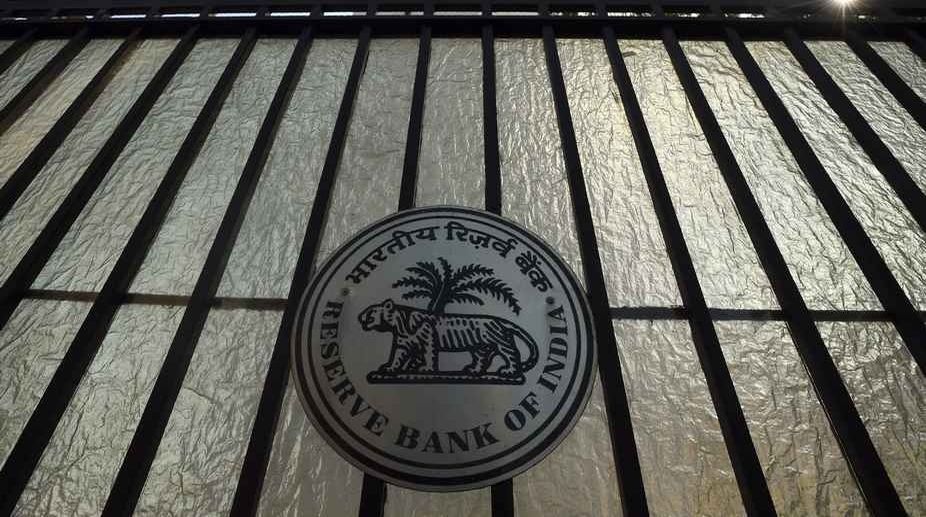Indian households expect moderation in inflation for near term: RBI survey
Median inflation expectation for the three months horizon increased by 20 bps to 9.3%. It inched up by 10 bps to 10.2% for one year ahead.

Reserve Bank of India (PHOTO: GETTY IMAGES)
With retail inflation in India going over the five per cent mark, the RBI continuing its neutral stance at its final monetary policy review of the fiscal earlier this week is indicative of a less hawkish central bank outlook, according to US financial services multinational JP Morgan.
Announcing the first policy review on Wednesday after the Union Budget 2018-19 presented last week, the Reserve Bank of India (RB) said its decision to keep its repo, or short term lending rate for commercial banks, unchanged at 6 percent is consistent with the neutral stance of the central bank aimed at achieving its median inflation target of 4 per cent.
Advertisement
The RBI has indicated that there are a lot of upside risks to inflation. But, there are a lot of uncertainty about how these risks will pan out. For oil prices, the statement says, things could move in either way…or in minimum support price (agriculture) there is no clarity on how this will be done, and therefore what the inflation impact is, JP Morgan’s A Chief India Economist Sajjid Chinoy told BTVI in an interview.
Advertisement
“I think we will need to see some of these risks being realised… And for the inflation forecast to go up, for the RBI to change its stance,” he said.
Keeping its key interest rate unchanged for the third time in succession, the RBI cited upside risks for inflation from rising global crude oil prices and various domestic factors.
“You will see in the next few months, the headline inflation actually edges down a little bit, because seasonally food prices have been falling and vegetables have been falling quite sharply. In the second quarter you will see a big pick up in inflation and lot of it is just unfavourable base effects,” Chinoy said.
The continuing rise in food and fuel prices pushed India’s annual retail inflation rate in December 2017 to 5.21 per cent, from 4.88 per cent in November 2017.
Presenting his last full budget before the general elections next year, Finance Minister Arun Jaitley made a significant announcement of fiscal slippage with implications for pushing inflation, revising upwards the government’s fiscal deficit target for 2017-18 to 3.5 per cent of the GDP, or the equivalent of Rs 5.95 lakh crore. The higher target came in place of the 3.2 per cent — or Rs 5.46 lakh crore — for the current fiscal announced earlier.
“Having had that slippage I think it is very important that this year, the government sticks to its fiscal consollidation path,” Chinoy said.
“I think the government is acutely aware how important it is both for macroeconomic stablility and for credibility to stick to its deficit path this year… so, we are very much on the side that they will stick to the 3.3 per cent for next year,” he added.
Advertisement